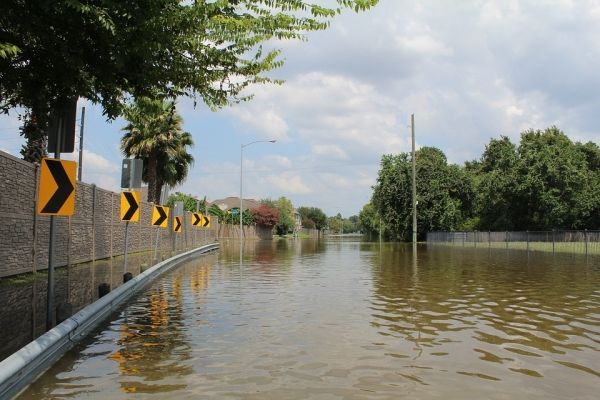Operational models for severe weather forecasting predicted Hurricane Harvey would become a Category 1 hurricane in 2017, according to the University Corporation for Atmospheric Research. Instead, it became a massive Category 4 just before it made landfall, tying Hurricane Katrina for the costliest hurricane on record.
Now a new approach developed at Penn State’s Center for Advanced Data Assimilation and Predictability Techniques can forecast the intensity and trajectory of Hurricane Harvey, according to researchers at Penn State and the National Oceanographic and Atmospheric Administration.
The approach used data from the GOES-16 satellite, coupled with Penn State’s all-sky radiance method, which more accurately modeled Hurricane Harvey. The data is called "all-sky" because it captures data in all weather conditions, including clouds and rain.
The work, led by Fuqing Zhang, distinguished professor of meteorology and atmospheric science at Penn State, now deceased, is the first time GOES-16 satellite data was used to forecast hurricanes. Hurricane Harvey was the first major hurricane captured by GOES-16, which became fully operational in 2017. Zhang died in July not long after being diagnosed with cancer.
Read more at Penn State
Photo Credit: andrewtheshrew via Pixabay


